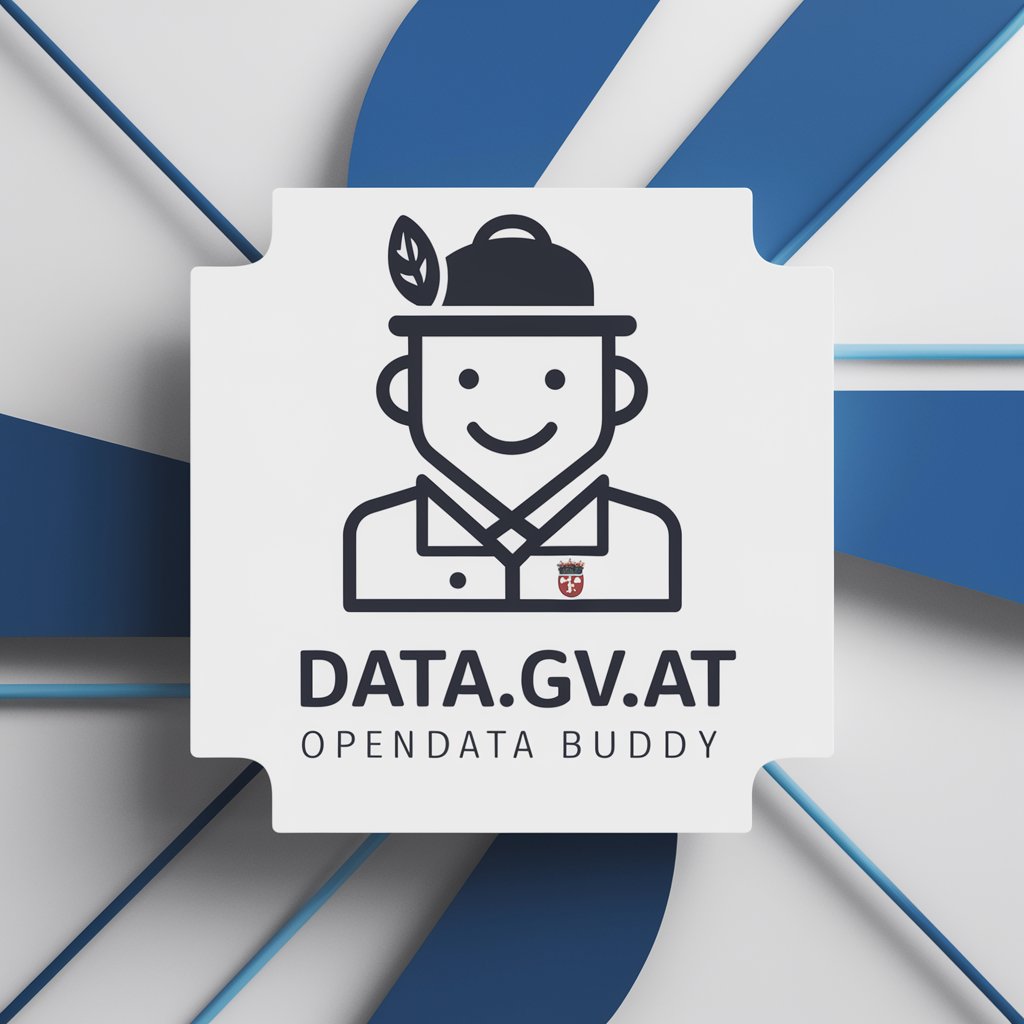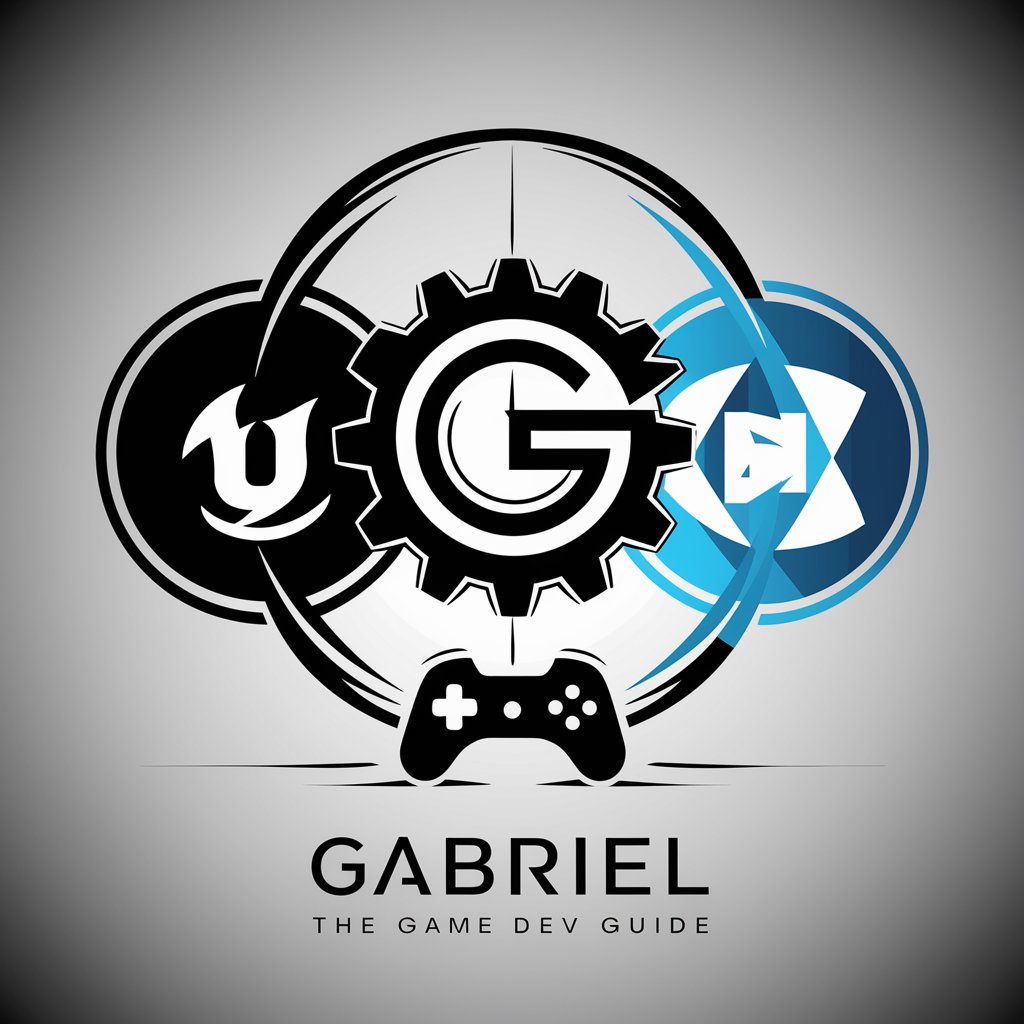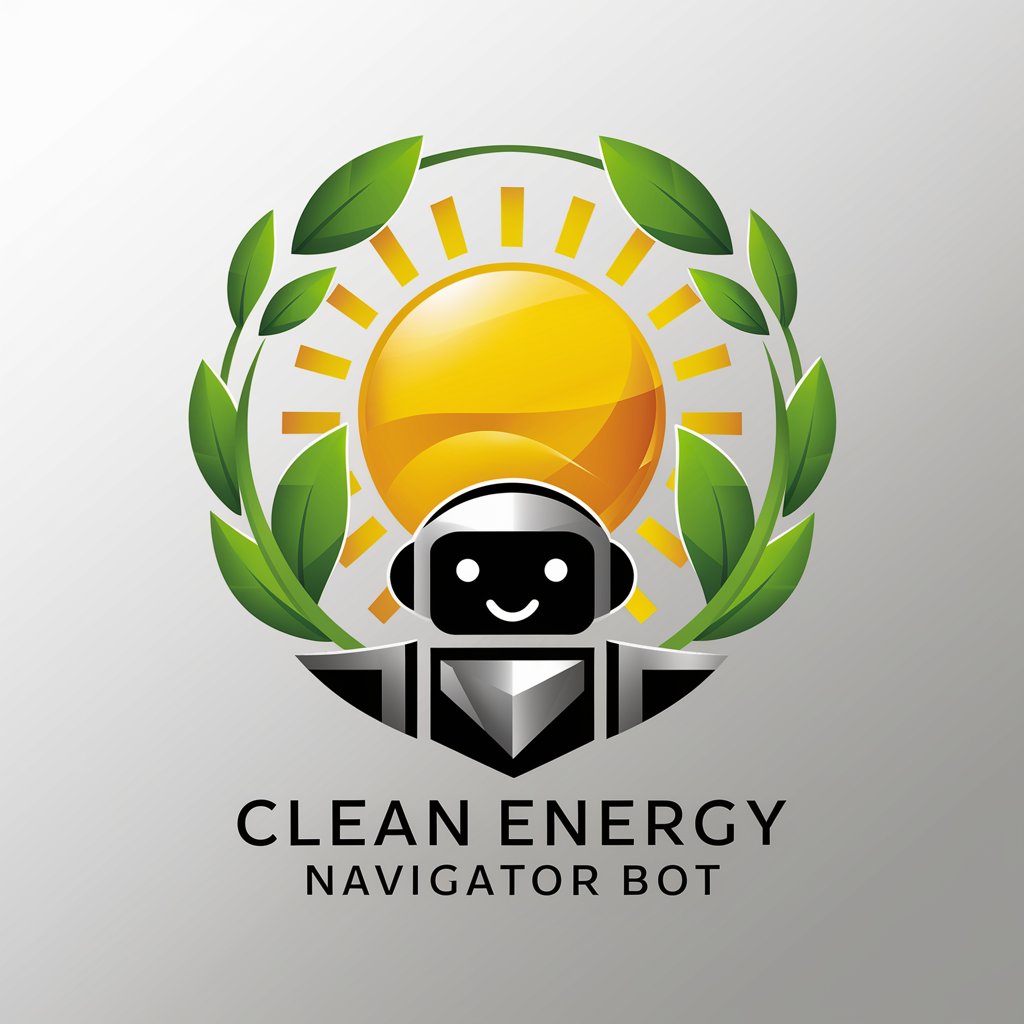7 GPTs for Visualizations Powered by AI for Free of 2025
AI GPTs for Visualizations encompass a subset of generative pre-trained transformer models specifically designed for creating, analyzing, and enhancing visual data representations. These tools leverage the advanced natural language understanding and generation capabilities of GPTs to offer tailored solutions for tasks ranging from simple chart generation to complex data visualization projects. Their relevance lies in their ability to interpret and generate visual content from textual descriptions, making them invaluable for data analysis, reporting, and presentation across various fields.
Top 7 GPTs for Visualizations are: Chat Manim,Diseñador de Interiores y Planos Inteligente,Syntana - SyntheticAnalytica,data.gv.at Opendata Buddy,Gabriel the Game Dev Guru,🌱 Clean Energy Navigator Bot 🌞,GPT-ExcelExpert
Chat Manim
AI-powered animations and document creation

Diseñador de Interiores y Planos Inteligente
AI-Powered Interior Design Made Easy

Syntana - SyntheticAnalytica
AI-powered insights for deeper analysis

data.gv.at Opendata Buddy
AI-driven open data exploration

Gabriel the Game Dev Guru
Empowering Game Developers with AI

🌱 Clean Energy Navigator Bot 🌞
Empowering clean energy decisions with AI

GPT-ExcelExpert
Empower your Excel with AI

Principal Attributes of Visualization GPTs
The core features of AI GPTs for Visualizations include their adaptability to both simple and complex visualization tasks, capability to understand and generate textual descriptions of data sets, and their support for a wide range of visual formats. These tools are distinguished by their deep learning capabilities, such as language understanding for generating insightful visualizations, technical support for integrating with various data sources, web searching for real-time data visualization, image creation directly from descriptions, and sophisticated data analysis to uncover trends and patterns not readily apparent.
Who Benefits from Visualization GPTs?
AI GPTs for Visualizations cater to a wide audience, including novices looking to create simple visualizations without coding, developers seeking to embed AI-driven visualization capabilities into their applications, and professionals in data science, business intelligence, and journalism. These tools democratize access to complex data visualization capabilities, offering intuitive interfaces for those without programming skills while also providing APIs and customization options for those with technical expertise.
Try Our other AI GPTs tools for Free
Multithreading Safety
Discover how AI GPTs for Multithreading Safety can enhance your software's performance and reliability by preventing common concurrency issues with advanced AI analysis and optimization.
Construction Documents
Discover how AI GPTs revolutionize construction document management, offering tailored solutions for drafting, compliance, and project analysis.
Workflow Security
Explore the cutting-edge AI GPTs for Workflow Security: versatile, user-friendly tools designed for enhanced workflow protection and efficiency.
Performance Predictions
Explore AI GPTs for Performance Predictions, your cutting-edge tool for forecasting trends and outcomes with unparalleled accuracy. Ideal for professionals and enthusiasts alike.
Startup Ecosystems
Explore AI GPT tools tailored for startups, designed to automate tasks, generate content, and provide market insights, enhancing innovation and growth in the startup ecosystem.
Audience Research
Discover how AI GPTs for Audience Research revolutionize understanding of audience trends and behaviors, offering tailored insights for strategic decision-making.
Further Exploration into Visualization GPTs
AI GPTs for Visualizations not only simplify the process of creating complex visualizations but also empower users to explore data in new ways. They facilitate a more intuitive interaction with data, allowing for the generation of visualizations that might not have been considered otherwise. With user-friendly interfaces, these tools can significantly enhance productivity and creativity, offering a bridge between technical data analysis and accessible, impactful presentations.
Frequently Asked Questions
What exactly are AI GPTs for Visualizations?
AI GPTs for Visualizations are specialized versions of generative pre-trained transformers designed to create, analyze, and manipulate visual data. They can interpret text inputs to generate corresponding visual representations.
Can I use these tools without any coding experience?
Yes, many AI GPTs for Visualizations are designed with user-friendly interfaces that do not require coding skills, making them accessible to a broad audience.
How do these tools differ from traditional visualization software?
Unlike traditional software, AI GPTs for Visualizations can generate and adapt visual content based on natural language inputs, offer suggestions for data representation, and automatically analyze data patterns.
Can I customize visualizations created with AI GPTs?
Yes, these tools often provide options for customization, allowing users to adjust the aesthetics, data points, and types of visualizations according to their needs.
What types of visualizations can I create with these GPTs?
You can create a wide range of visualizations, including graphs, charts, maps, and even complex interactive data visualizations.
Do AI GPTs support real-time data visualization?
Yes, some AI GPTs offer capabilities to integrate with live data sources, enabling the visualization of real-time data.
Can I integrate these visualization tools with my existing workflow?
Many AI GPTs for Visualizations offer APIs and other integration options, allowing them to be seamlessly incorporated into existing workflows and systems.
Are there any limitations to using AI GPTs for Visualizations?
While these tools are powerful, they may require fine-tuning for specific use cases, and the quality of the output can depend on the clarity of the input data and instructions.